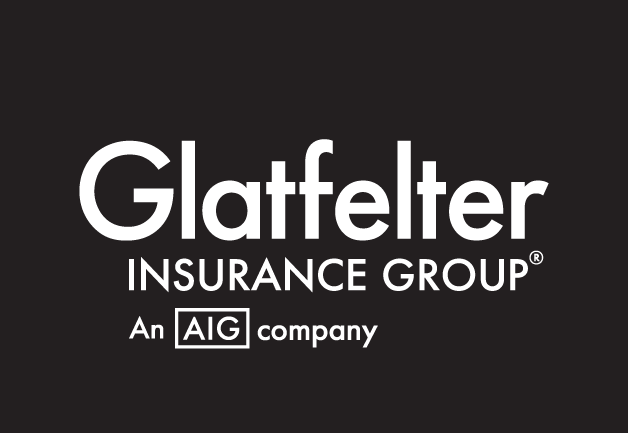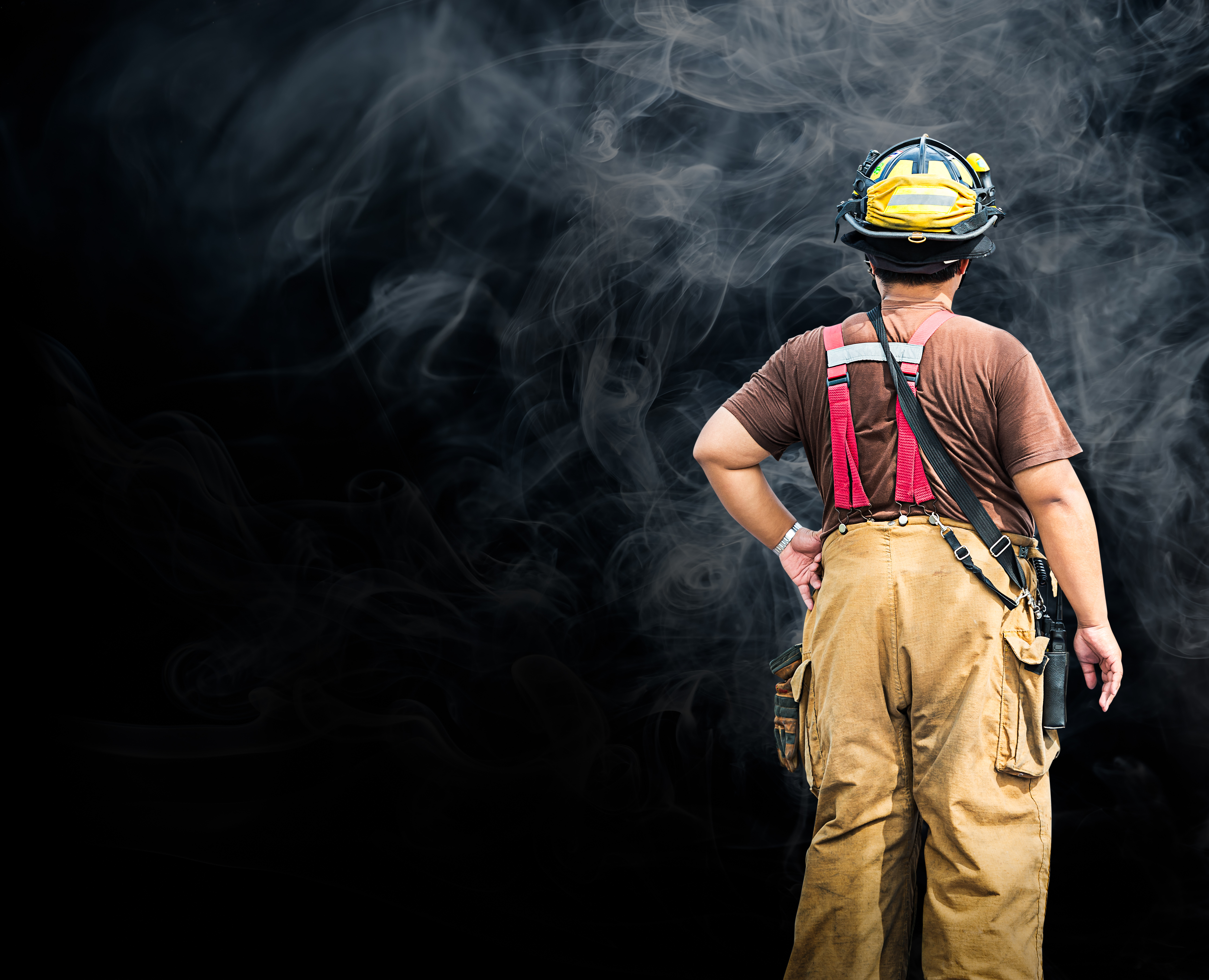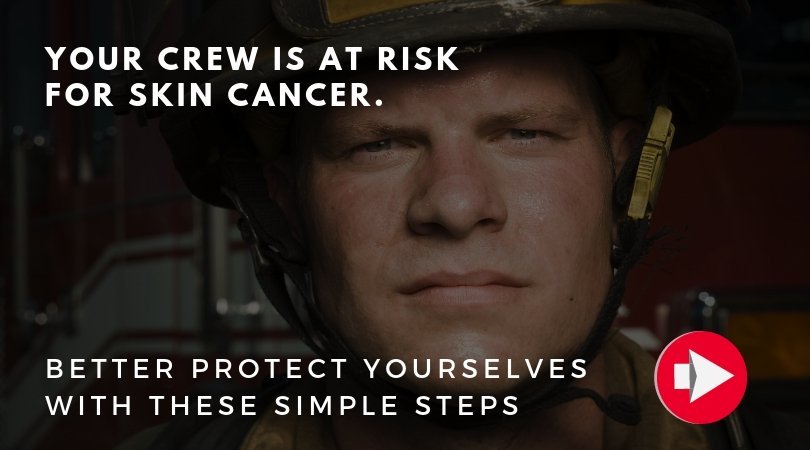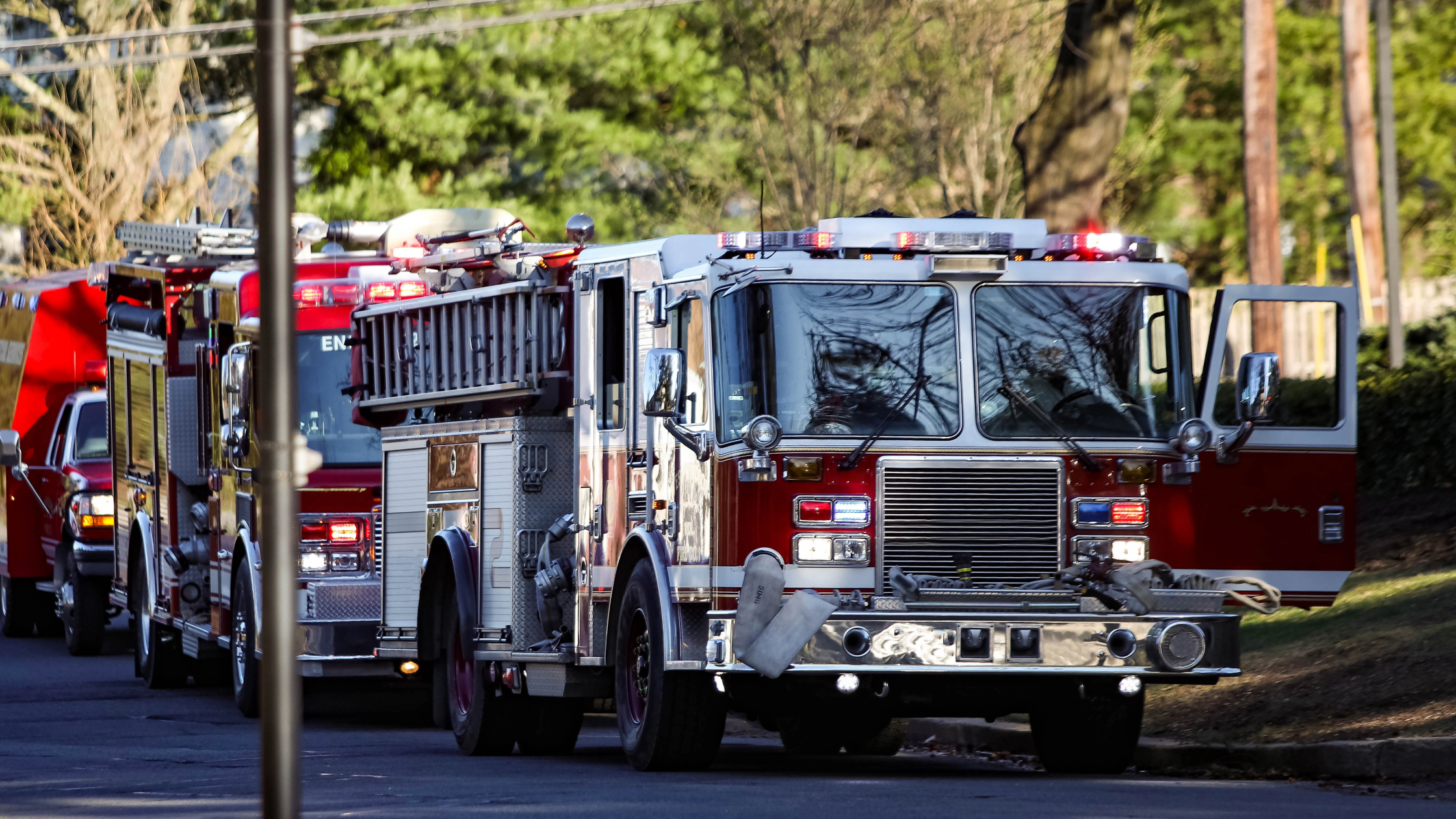What "wellness" means for firefighters, plus 3 tips to implement a program in your fire + EMS organization.
As you know, there are serious dangers for firefighters beyond responding to calls. From exposures to toxic chemicals to long hours of physically demanding work — firefighters face unique mental, physical and behavioral health risks, on and off duty.
- In 2017, there were 87 on-duty firefighter deaths. Of these 87 firefighters, 50 died from heart attacks. This does not include those who died after the conclusion of their on-duty activities.
- Data suggests that between 9-11% of firefighters are obese, which is likely contributing to heart disease and cardiac-related deaths.
- Firefighters face a 9% increase in cancer diagnoses and 14% increase in cancer-related deaths compared to the general U.S. population.
- Firefighting is frequently named as one of the most stressful jobs.
- An estimated 22% of firefighters suffer from PTSD.
- 37% of firefighters screened in a study tested positive for at least one significant sleep disorder.
"Wellness" takes health and fitness further by emphasizing a comprehensive approach.
While these statistics are startling, they're not surprising. The fire service recognized some of these concerns 30 years ago and began to develop programs devoted to health and fitness within the industry. These efforts have continued to evolve and address a wide-scope of concerns. Now, the NFPA has developed standards for health and fitness initiatives within departments and "wellness" has become a buzzword across the fire and EMS industries.
How one fire department developed a wellness program to address the health concerns of its firefighters.
Chief Jake Rhodes of the Kingman Fire Department (AZ) was awarded the 2018 IAFC Billy Goldfeder Fire Service Organizational Safety Award for developing a new medical and physical program to address the mental and physical health of the department's members.
Highlights of the program include:
- The institution of NFPA 1582 compliant physicals for all members. Since the program began in 2015, these physicals have caught a variety of health issues in their early stages and helped members have more positive outcomes.
- An annual physical ability test and physical assessment test to measure cardio and physical endurance is now required for all members. Further, the department has recognized the value of providing advanced training to on-shift trainers to help members achieve their fitness goals.
- Annual colon, skin, organ and prostate screenings, mammograms, education on proper nutrition and stress management training.
- Cancer prevention tactics including the removal of all bunker gear, including SCBAs, from apparatus cabs, developing a comprehensive decontamination procedure and requiring members to arrive and leave work with civilian clothing to reduce spreading contaminants.

- A peer-to-peer behavioral health program, including 15 trained personnel, to help assist the Kingman Fire Department members, as well as neighboring departments.
As a proud sponsor of this award, we extend our congratulations to Chief Rhoades and all members of the department. Thank you for setting a great example!
What we can learn from the Kingman Fire Department
1. Take a comprehensive approach.
Only instituting weekly workouts will not help protect your members against the wide-variety of issues they're up against. Develop a holistic wellness program that includes physical examinations, physical fitness initiatives, mental health resources, nutrition information, health screenings, preventative-health measures and stress management training.
2. Make a commitment.
If your chief believes that your wellness program is a waste of time, it becomes a waste of time. If your members believe that your wellness program is a waste of time, it becomes a waste of time.
“Providing access to a state-of-the-art gym facility, posting an EAP hotline or increasing the availability of wellness resources is a step forward, but is often not enough to be successful on its own. The most successful wellness programs approach wellness just like any other emergency services operation—together as a team. It is the people, from chiefs to recruits, who determine the success or failure of a wellness initiative.” — Justin M. Eberly | Education Specialist, Training & Consulting at VFIS.
Kingman requires all members, not just new members, to take their annual physical ability test and physical assessment test. This makes health and wellness an ongoing commitment for it's members and brings a group-approach to the program which provides a sense of community.
3. Change the culture.
Why does your department need a wellness program? If it's simply to appease standards, it's not going to inspire your members to adapt to a healthy lifestyle. Your fire department will need to develop a culture that supports a comprehensive approach to wellness for your program to to be effective. Wellness will need to be a part of your organization's DNA.
A recent survey found that 92% of firefighters surveyed stated that they would not seek behavioral health care because of the associated stigma. If seeking assistance isn't seen as acceptable in the culture of your organization, your program will not be purposeful.
Using a peer support model similar to the Kingman's peer-to-peer program can help combat years of negative stereotypes and stigmas so that firefighters feel more at-ease asking for help. A peer support team is made up of fellow-firefighters who make routine visits, visit after traumatic events to offer help, provide education to the team and vet resources for first responders.
DISCLAIMER
The information contained in this blog post is intended for educational purposes only and is not intended to replace expert advice in connection with the topics presented. Glatfelter specifically disclaims any liability for any act or omission by any person or entity in connection with the preparation, use or implementation of plans, principles, concepts or information contained in this publication.
Glatfelter does not make any representation or warranty, expressed or implied, with respect to the results obtained by the use, adherence or implementation of the material contained in this publication. The implementation of the plans, principles, concepts or materials contained in this publication is not a guarantee that you will achieve a certain desired result. It is strongly recommended that you consult with a professional advisor, architect or other expert prior to the implementation of plans, principles, concepts or materials contained in this publication.
This blog post may contain the content of third parties and links to third party websites. Third party content and websites are owned and operated by an independent party over which Glatfelter has no control. Glatfelter makes no representation, warranty, or guarantee as to the accuracy, completeness, timeliness or reliability of any third party content. References to third party services, processes, products, or other information does not constitute or imply any endorsement, sponsorship or recommendation by Glatfelter, unless expressly stated otherwise.
Related posts
Most volunteer fire departments rely heavily on POVs, but there are inherent risks you should know.
Establish a Emergency Vehicle Operations Program that includes driver/operator requirements to help ensure your vehicles are in the right hands.
We come together bi-weekly to discuss the latest fire and EMS trends, safety best practices, and industry news.




.png?height=300&name=Glatfelter%20Team%20-%20Blog%20-%20Author%20(1).png)




Submit a Comment